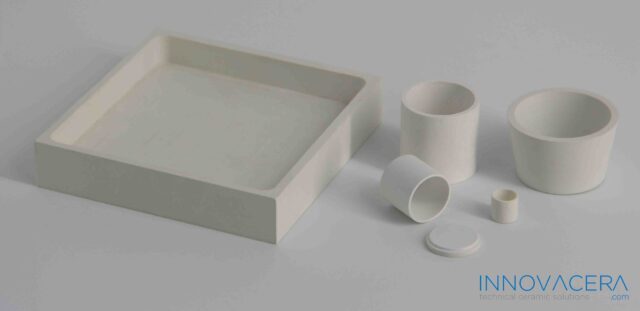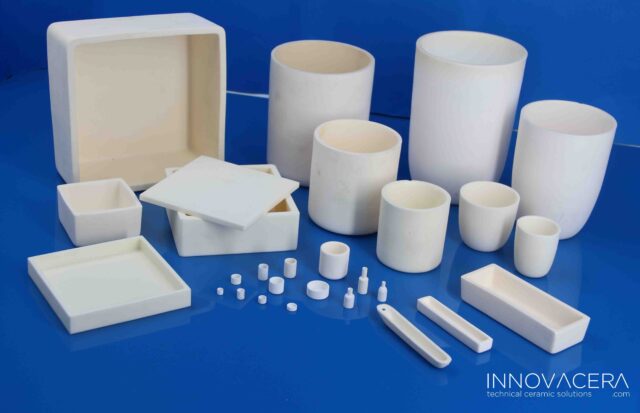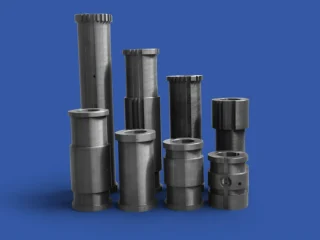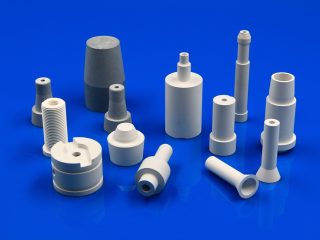As an important part of chemical equipment, crucible is a container for melting and refining liquid metal and heating solid-liquid reaction. It is the basis for ensuring the smooth progress of chemical reactions.
There are many types of crucibles. According to the raw materials, ceramic crucibles can be divided into boron nitride crucibles, alumina crucibles, zirconia crucibles, aluminum nitride crucibles, quartz crucibles, etc. Here we mainly introduce the difference between boron nitride crucibles and alumina crucibles.
The advantages of boron nitride ceramics crucible compared to alumina ceramics crucible are:

1.The temperature is high, and the long-term use temperature of boron nitride under vacuum is 1800 degrees, and the long-term use of 2100 degrees under the protection of the atmosphere. Alumina does not exceed 1700 degrees.
2.Strong thermal shock resistance, rapid cooling and no cracking. The boron nitride ceramics are taken out of the 1000 degrees furnace and quenched by the air blower, and will not crack even if repeated 100 times.
3.It is resistant to acid and alkali corrosion, has strong electrical insulation, and has a resistance to electrical breakdown of 3 to 4 times that of alumina.
4.Boron nitride ceramics do not react with many metals, ceramics, rare earth and other materials. Such as ferrous metal, iron, copper, stainless steel, tantalum, aluminum, tin, chromium, lead, nickel, magnesium, etc., glass melt, soda glass, cryolite, etc., silicon lava: slag, fluoride and the like. It can be used as a container, enamel, setter, etc.
The disadvantages of boron nitride ceramics crucible compared to alumina ceramics crucible are:

1.Boron nitride ceramics have lower strength, hardness and wear resistance than alumina, and are not suitable for use in vibration and friction environments.
2.Boron nitride ceramics should not be used in the air at temperatures exceeding 1000 degrees. Exceeding oxidation, boron nitride can only be used up to 2000 degrees under vacuum or atmosphere protection.




 Enquiry
Enquiry